Building the Charter School Movement: An Interview with Kevin Andrews Sharing Lessons from 30 Years in MA Education
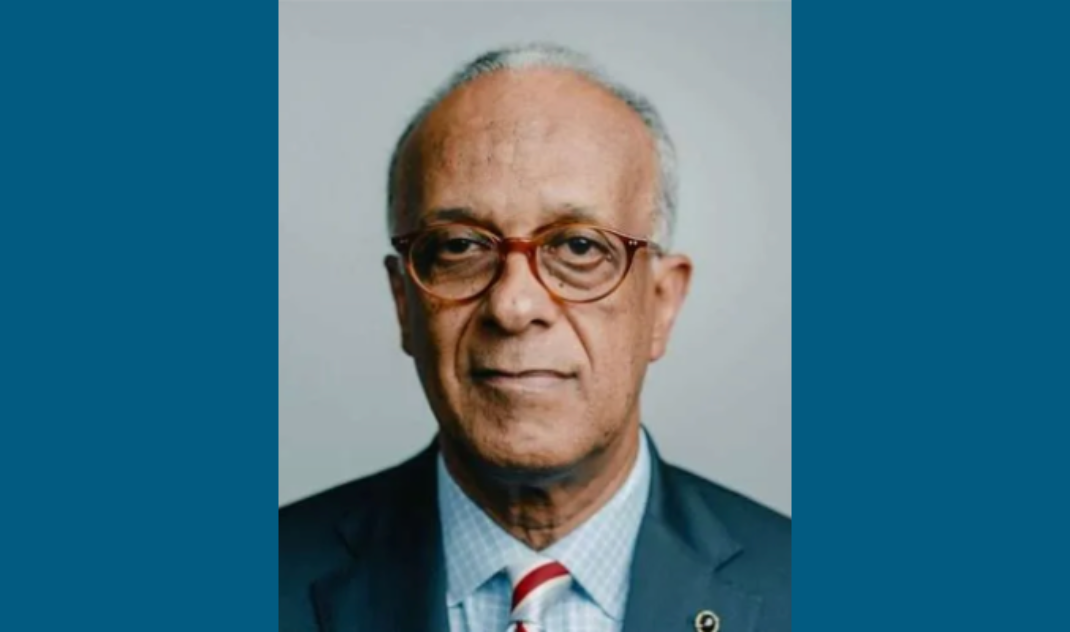
August 11, 2025 | Kevin Andrews, Charter Public School leader and Education Advocate
As we celebrate 30 years of charter public schools in Massachusetts, we took some time to sit down and talk with someone who has been an integral part of the movement since the very beginning – Kevin Andrews, the first leader of Neighborhood House Charter School, located in Boston. As one of the founders of the Association, we wanted to hear from Kevin about the early days – the successes and the challenges – and about the ways in which schools and students have changed over the past 30 years.
Q: Taking it back to the '90s, what hopes did students and families have for the promise of charter public education?
A: Well, I think it was primarily about a desire for change, and a belief that we could address longstanding inequities in the public education system. When I first heard about these new schools that were being created – charter public schools – I was a bit skeptical. But it was parents looking for change, like Kristen McCormack, who was the head of the Federated Dorchester House nonprofit at the time, who encouraged me to give it a shot. Parents who saw that the current public school system didn’t work for all kids and families.
And it was those families – and their steadfast belief in the need for, and possibility of, change – that made me say, let’s go for it. I was worried whether we were going to get parents to apply, and a parent said, “Don’t you worry, you’ll have lots of families that are going to apply.” He was right. Our first year, we fully enrolled all 51 open seats we had available, and we had a waiting list of 50-60 more kids, all looking for that change.
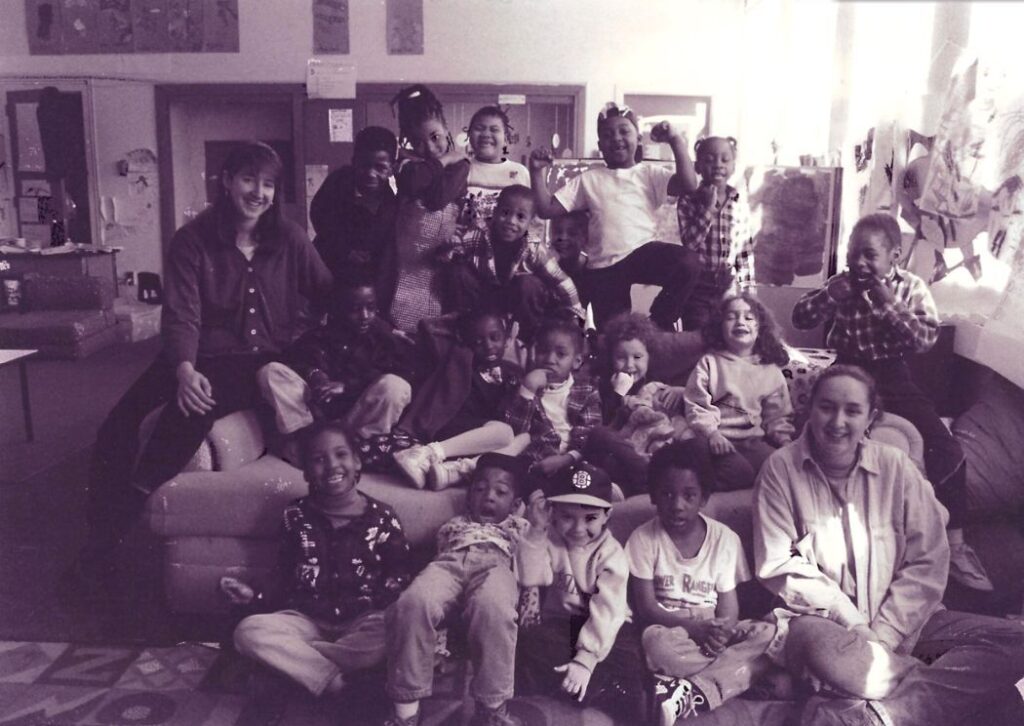
Q: Do you have a favorite example of how charter public schools have used their autonomy to better educate students?
A: First, if we’re going to talk about autonomy, it’s important that we also talk about accountability. Because those two are paired. Charter public schools get greater autonomy, but that’s in exchange for higher accountability. And that’s important.
One of my favorite ways we used our autonomy at Neighborhood House was in the creation of the Kid Lab. A number of teachers were interested in creating a Boston Children’s Museum, Science Museum, hands-on, inquiry-based learning kind of program within our school. They came to me with their idea, and very quickly, we were able to make it happen. No bureaucracy, just a group of teachers talking to me and making something happen.
Carol Johnson, former Boston Public Schools superintendent, was a tremendous collaborator. She once said, “That’s the difference between district schools and charter public schools. Charter public schools are like speed boats. They turn quickly, make things happen right away. District schools are like the Queen Mary. You gotta get more tugboats. You gotta get the lines out to turn this thing.” I think she saw the value in that freedom to pivot quickly to meet a need.
So that, to me, is the number one defining feature of charter public school autonomy. We’re able to make decisions quickly, with our families, with our organization.
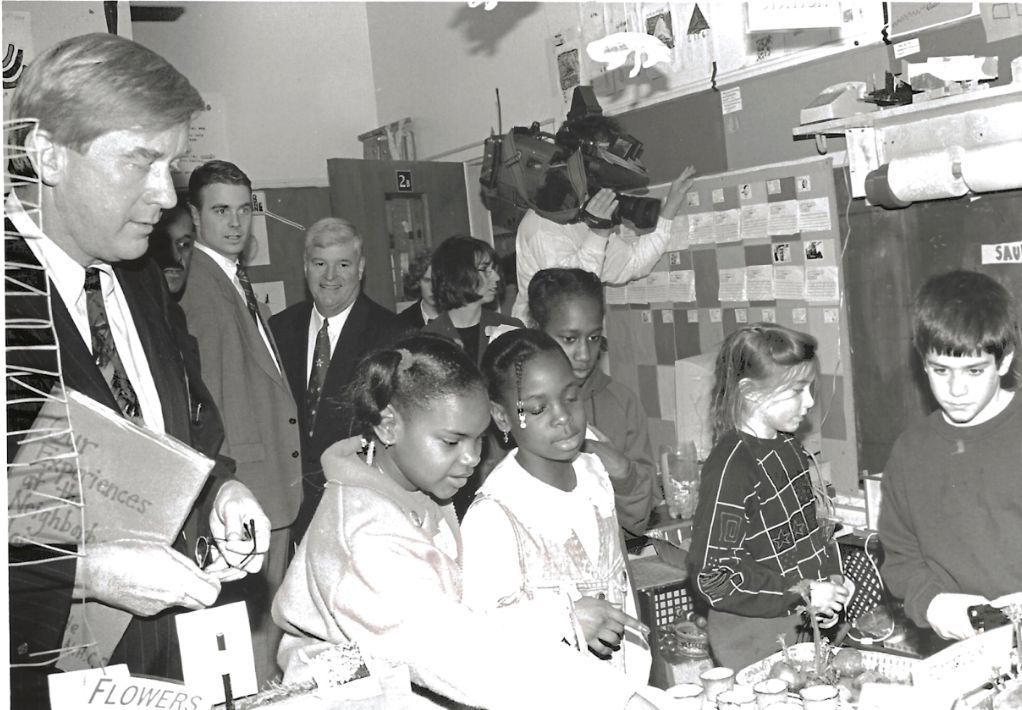
Q: You mentioned that accountability goes hand in hand with the autonomy charter public schools are granted. What are the key elements of accountability for you?
A: Of course, there’s the formal accountability from the state, which requires annual oversight and renewal of charters every five years. But what was most remarkable to me was the way that parents also held us accountable. The parent engagement was unbelievable, particularly in the early years. Of course, they really wanted us to be successful, but they also took ownership of the school.
One of our Neighborhood House parents, who was a social activist, said, “I think we need to have a meeting with the parents, a public meeting for the parents to evaluate the school.” She said I could be there, but I couldn’t say anything. Just listen. My initial reaction was, no way! I was nervous, but I gave in.
It was the best thing that ever happened to us as a school, to me as a school leader. It was the best education I got. My fear turned into a sense of greater responsibility towards the families of our students, and I’ll tell you, they brought us all together. And I love working with parents. Just love it.
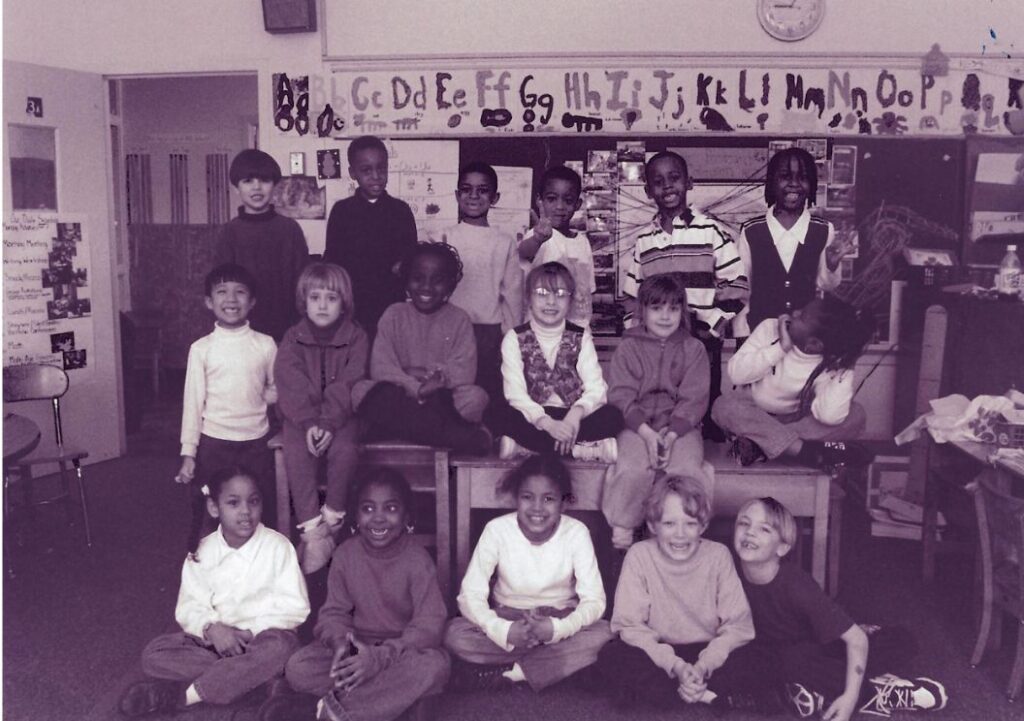
Q: How has the charter public school movement evolved and changed over the past 30 years?
A: Well, what’s different is, when I started a charter public school, I had to go around with a truck and pick up furniture. I mean, there were no buildings, there was no furniture. So we had to figure it out. Our schools were brand new. So we made millions of mistakes, learned from those errors, and made sure we course-corrected and got it right.
Like enrollment. In the beginning, our student bodies often didn’t look like our local districts. But over time, we learned how to get better about ensuring all families knew our schools were an option for them. And now, charter public schools are more diverse, and serve more students with a variety of needs, than districts across the state. And we’ve diversified leadership of our schools and classrooms over time. When we started, I was one of just a handful of leaders of color. And now, a third of charter public school leaders are folks of color, compared with less than 10% of district superintendents.
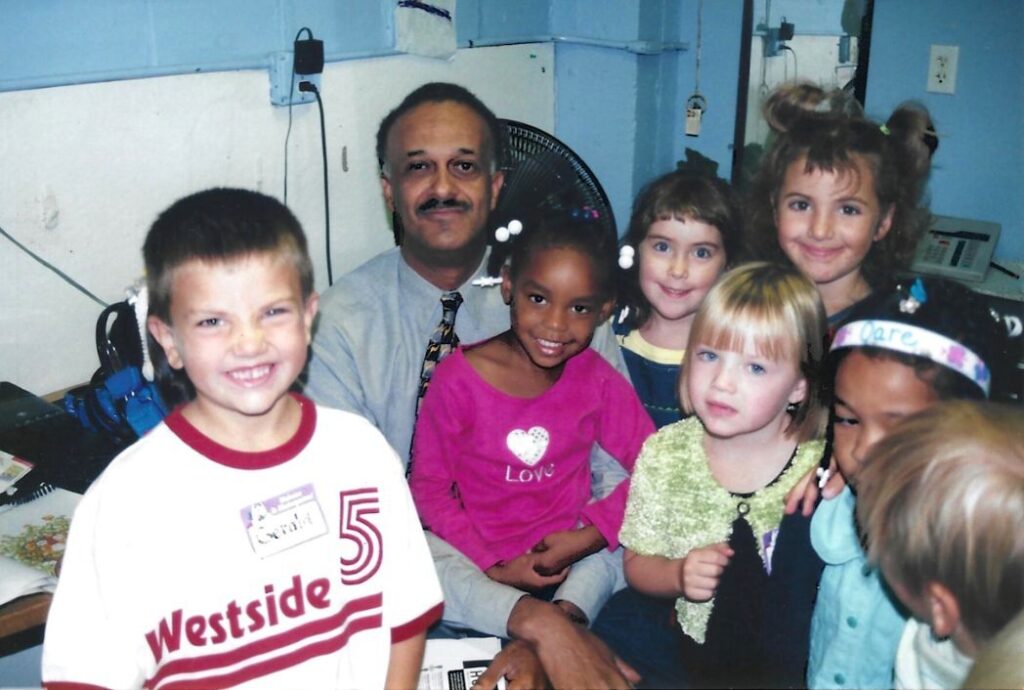
Q: And what’s remained evergreen and true about charter public schools over the past 30 years?
A: Well, we continue to prove what’s possible. Outcomes show, year after year, that kids – particularly kids who’ve been underserved by our public education system for centuries, kids of color and kids from low-income backgrounds – they do better when enrolled in a charter public school.
Over the past 30 years, we have withstood the storm. We’ve stood in the eye, we’ve gone out, and we’ve gone through the hurricane time and time again. And we’re here to stay.
I am so grateful to all of the leaders of charter public schools all across the state, past and present – wonderful people who have done, and are still doing, transformative work. And I want to thank the Association staff for the work they do to support our schools. The Association has been a huge part of our success over the years.
The greatest strength of our movement is just that – we’re a movement. We’re driven by a deep belief in the possibility of change. And we will keep fighting until every child has access to a high-quality public education. We’ll keep fighting to get equitable resources for our schools.
And we’ll keep staying focused on the kids and ensuring they thrive – not just academically but as people. Even now in my retirement, my favorite thing to do is visiting schools. The schools I walk into, people seem happy. I’m greeted when I go in, always greeted with a smile. People don’t even know me. I walk in as a stranger and get a smile. And in that moment, I know, we’re doing good work.

